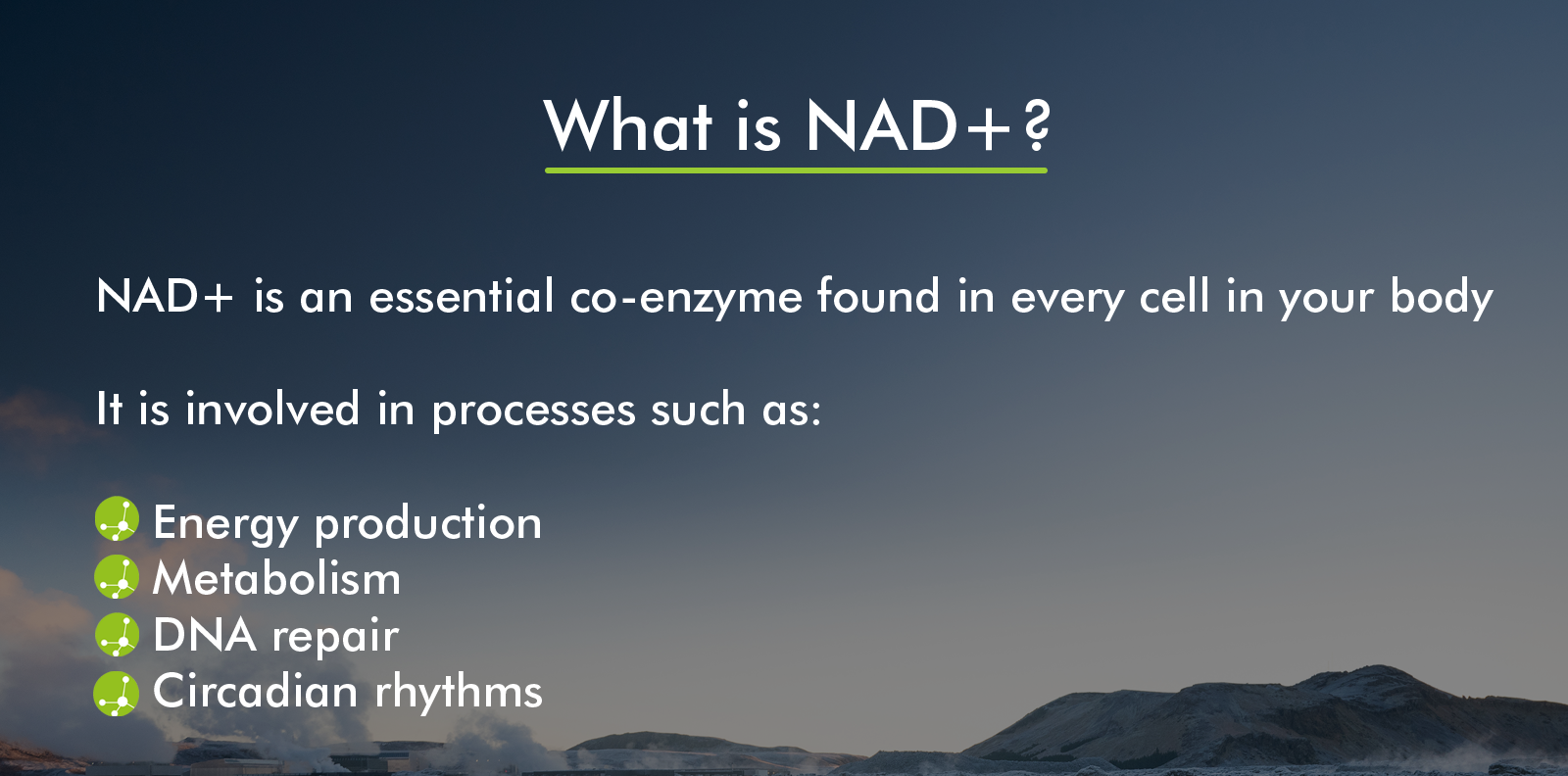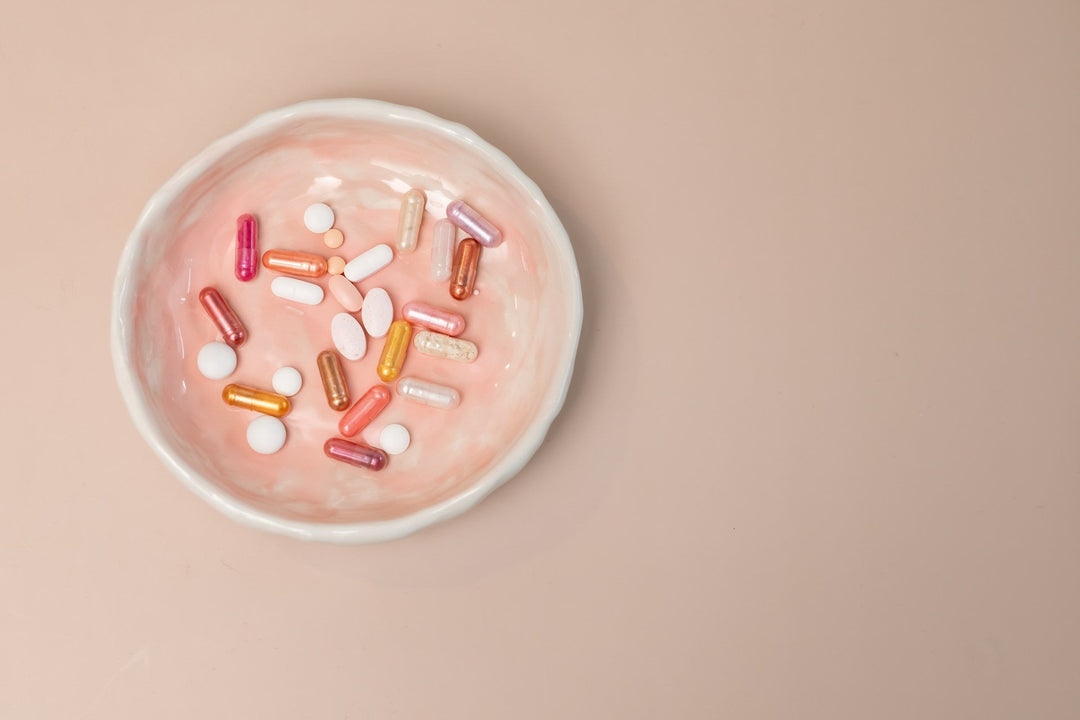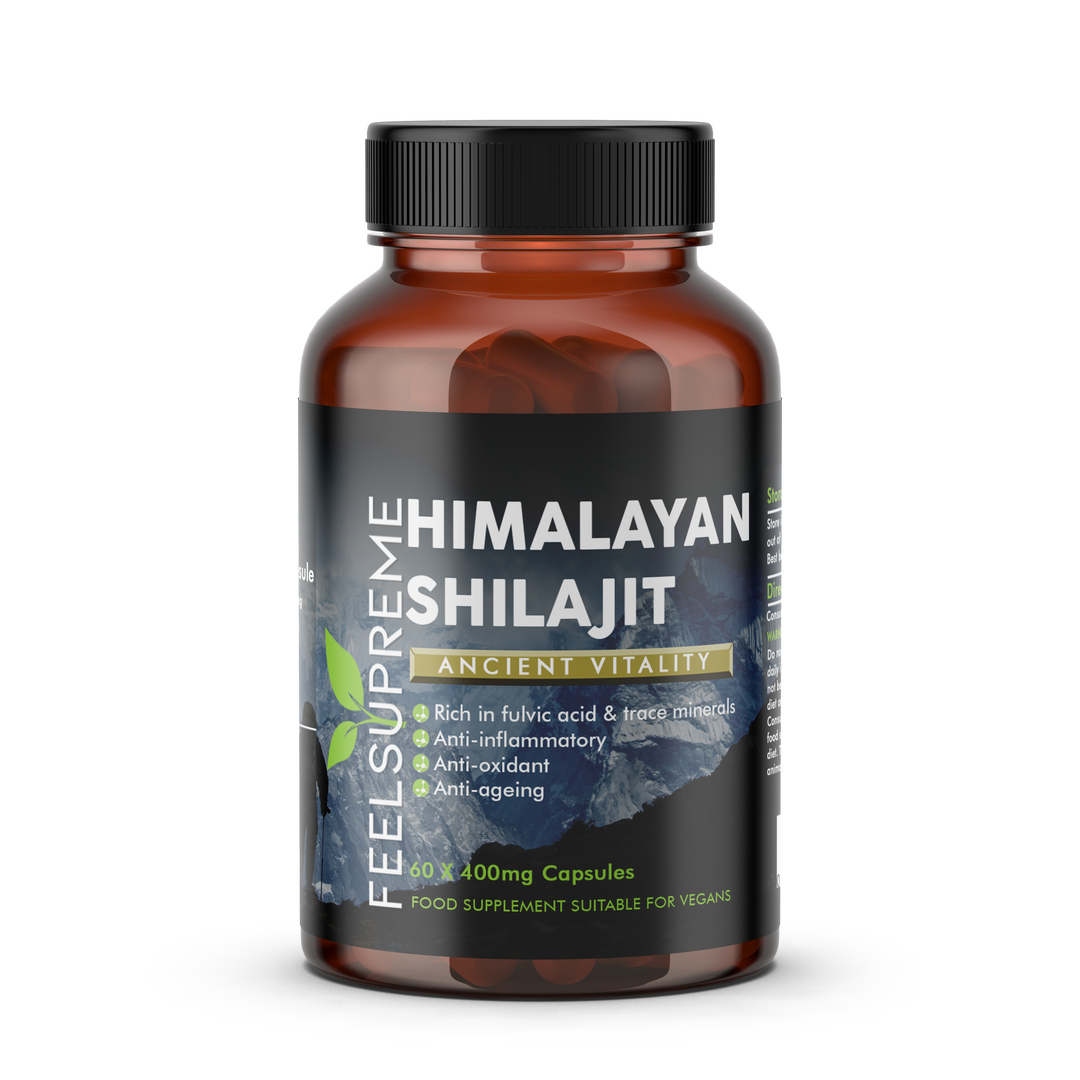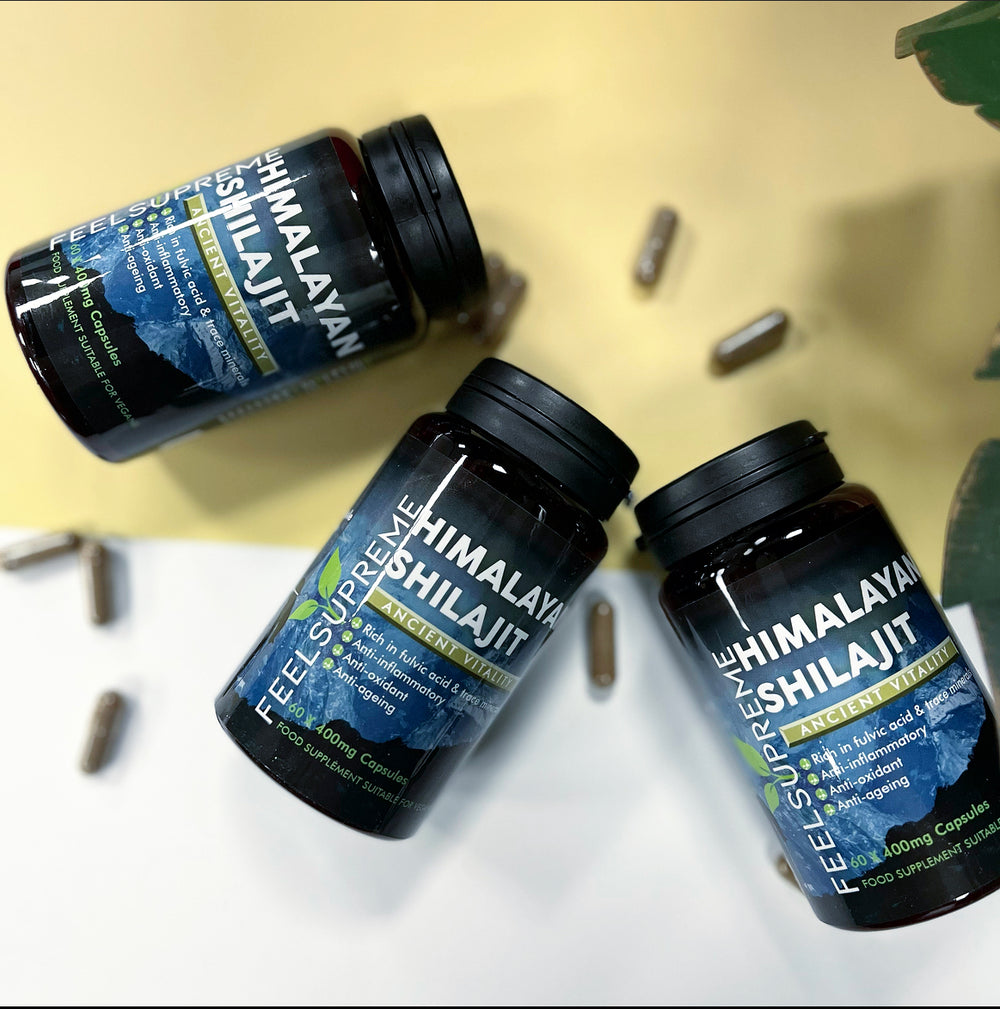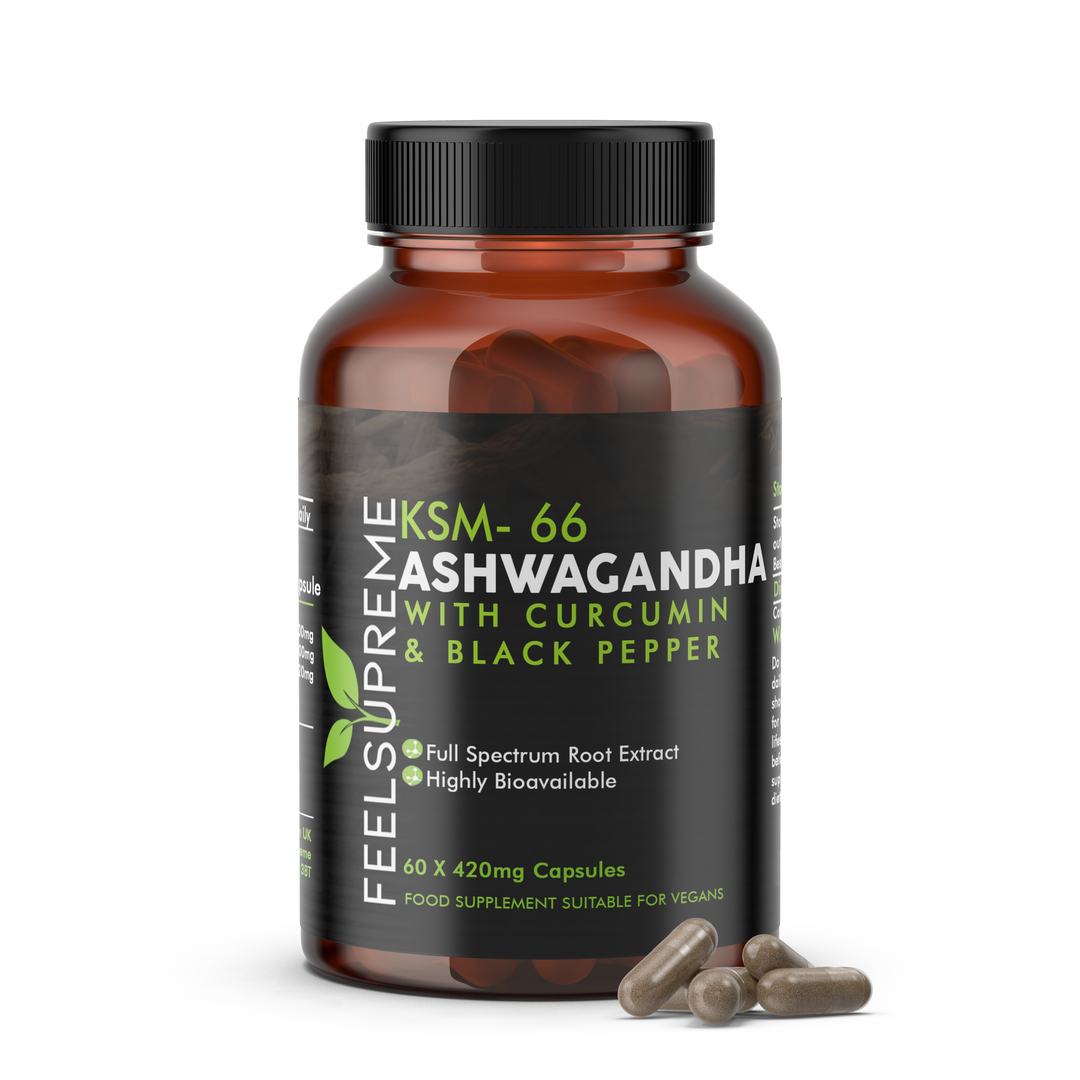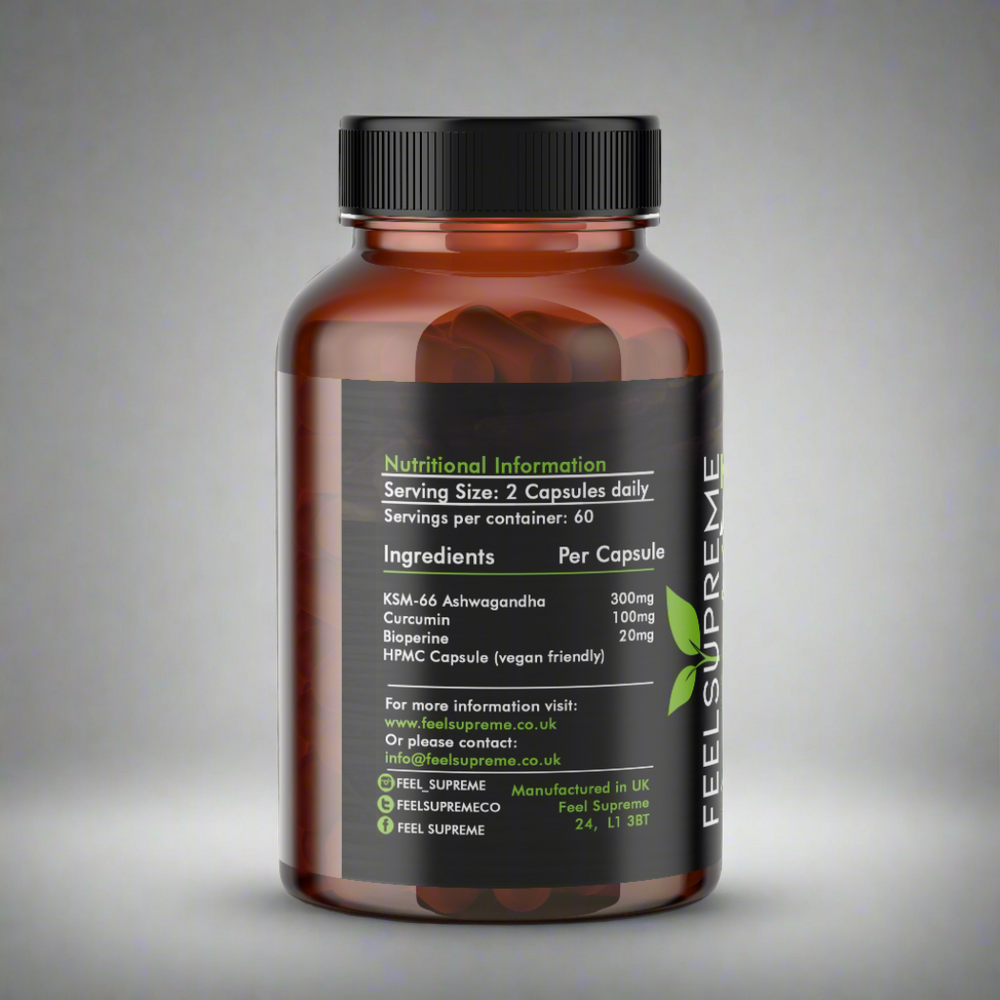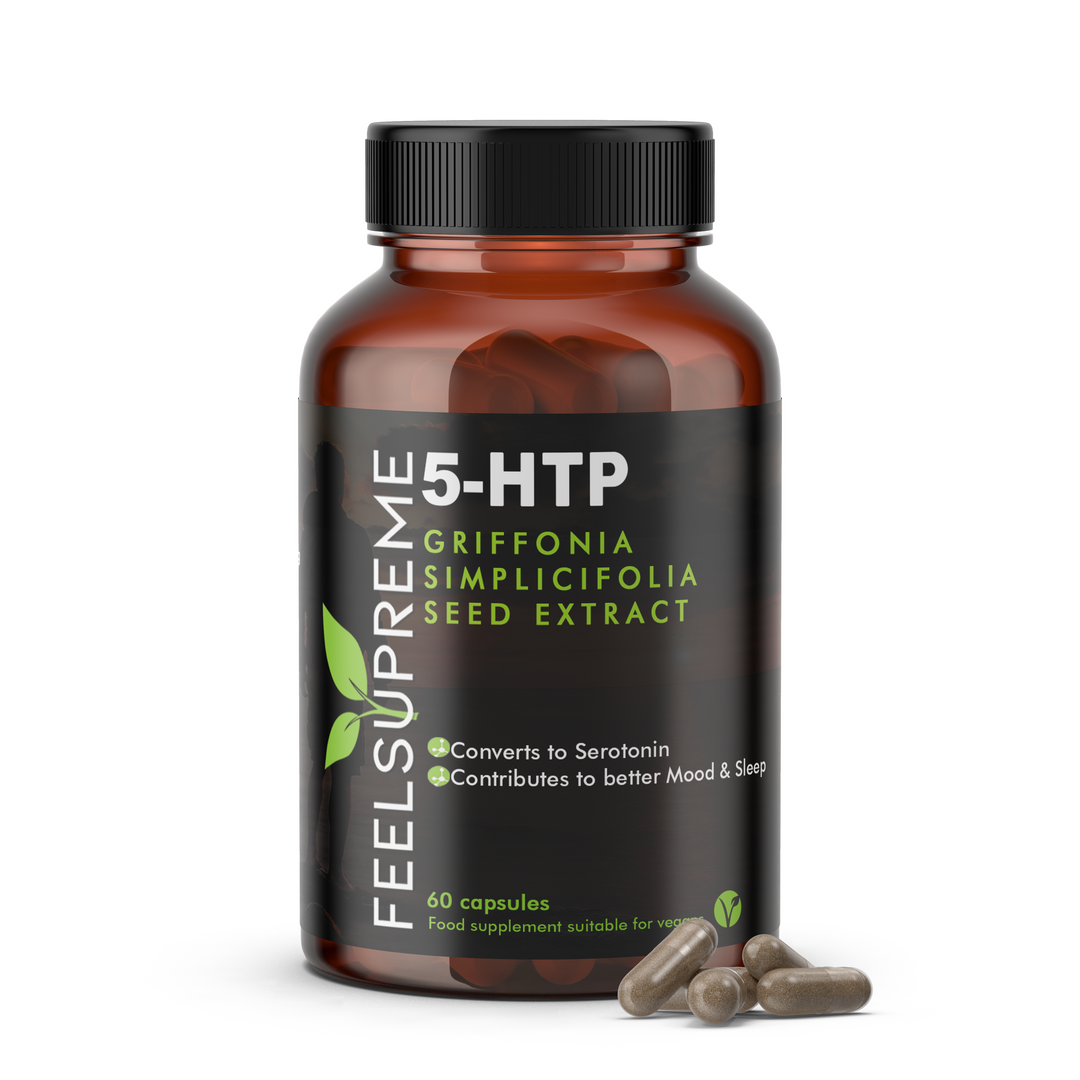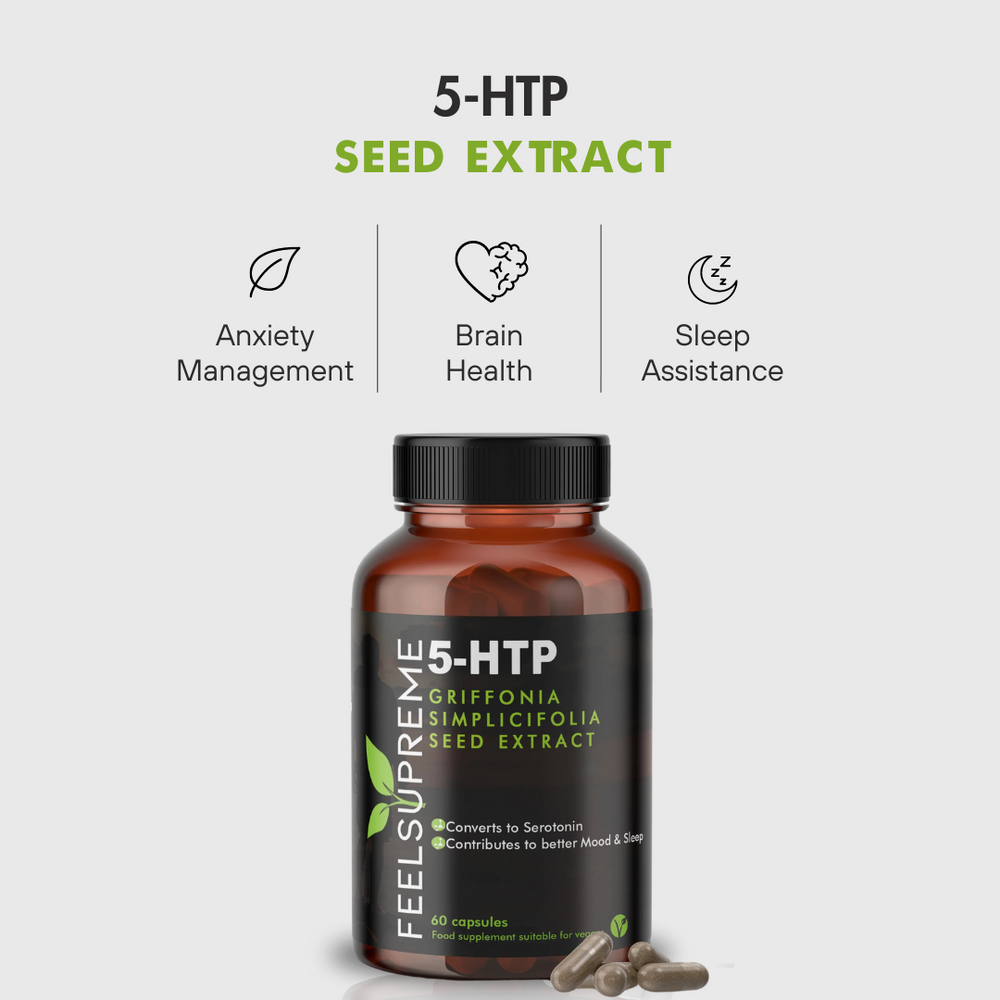NAD+ Booster: Our Newest Weapon For Fighting The Ageing Process. We’re excited to launch our newest anti-ageing supplement, NAD+ Booster. The two active ingredients – nicotinamide riboside and astaxanthin – are powerful antioxidants, but up until recently, they’ve not been very widely known about. Read on to learn exactly what organic supplements in the UK are and how NAD+ Booster works to fight the ageing process. What is nicotinamide riboside? Let’s start by explaining what NAD+ is. Your body creates this essential co-enzyme from vitamin B3 and uses it for critical processes like cellular energy production, metabolism and DNA repair. Nicotinamide riboside (NR) is one of eight types of vitamin B3. Other types include niacin and nicotinamide mononucleotide (NMN), which is also commonly found in NAD+ supplements. While all types of B3 can be turned into NAD+, NR is shown to be the most efficient. It can enter the cell as it is and be used immediately, while the others have to undergo a series of processes first. That means NR provides more NAD+ while using less energy. (If you’re curious about why NR is superior to NMN, we’ve written a whole article breaking it down here!) What are the benefits of nicotinamide riboside? NR may help to keep your body in youthful condition at a deep, cellular level, thanks to the increased levels of NAD+. Experts are not sure why, but they do know that NAD+ levels drop as we get older. They suspect that this plays a part in cellular ageing and conditions associated with age, like vision loss, heart disease and dementia. It may also be linked to chronic illnesses like diabetes. Animal studies have found that raising NAD+ levels can stop or slow age-related decline. That’s possibly because NAD+ stimulates two protein groups called sirtuins and PARPs, which repair DNA damage and keep cells healthy for longer. Sirtuins also regulate your stress response and reduce inflammation, which has many benefits beyond just anti-ageing. Increased NAD+ may keep your brain healthy, too. Neurodegenerative conditions like Alzheimer’s and Parkinson’s are connected to oxidative stress and cellular dysfunction in the brain, but studies suggest that NAD+ can help to prevent this. Your risk of cardiovascular disease also increases dramatically with age, but studies have found that increased NAD+ can help protect you. One study showed that taking NR reduced high blood pressure in adults, and an animal study found that NR reversed age-related damage to the arteries. What is astaxanthin? Astaxanthin is a naturally occurring red pigment called a carotenoid. It’s responsible for the reddish-pink colour of foods like salmon, trout, shrimp, lobster and other seafood, all great natural sources of astaxanthin. What are the benefits of astaxanthin? Known as “the king of carotenoids”, astaxanthin is a potent antioxidant that helps to neutralise unstable chemicals called free radicals. When free radicals outnumber antioxidants, they can start to cause harmful oxidative stress and inflammation in your body. This is believed to play a major part in the physical and mental decline we associate with the ageing process, and it’s linked to conditions like:
- Cardiovascular disease
- High blood pressure
- Obesity
- Diabetes
- Kidney disease
- Neurodegenerative diseases like Alzheimer’s
- Macular degeneration
- COPD
- Cirrhosis
- Cancer
Much of astaxanthin’s anti-ageing power comes from its antioxidant effect. A comparison against popular antioxidants like lycopene and beta-carotene found that astaxanthin was significantly stronger in fighting free radicals, making it a particularly great choice for antioxidant benefits. And because it never becomes what’s called a “pro-oxidant”, it will never convert and cause oxidative destruction like some antioxidants can. An animal study found that astaxanthin reduced high blood pressure and may strengthen the artery walls. Clinical trials suggest that astaxanthin can also lower heart disease risk factors by:
- Improving blood flow.
- Lowering oxidative stress in overweight people.
- Lowering triglycerides and raising “good” HDL cholesterol levels.
The same clinical trials found a host of other age-related benefits, suggesting that astaxanthin can:
- Prevent oxidative DNA damage.
- Lower harmful inflammation.
- Keep the immune system strong.
- Boost cognitive function.
- Improve eyesight.
- Protect the cells from free radical damage.
- Help the cells to produce energy more efficiently.
Aching joints are one of the most common complaints as we get older, but astaxanthin may help to keep your joints in good health. As an antioxidant, it reduces inflammation in the body, which can ease the pain of age-related conditions like arthritis. Finally, astaxanthin might keep you looking as young as you feel! In multiple studies, researchers found that astaxanthin could improve wrinkles, age spots, texture and moisture in the skin (although they do stress that more research is needed to confirm this). What happens when you take nicotinamide riboside and astaxanthin together? NAD+ Booster combines the superior cellular optimisation of nicotinamide riboside with the potent antioxidant benefits of astaxanthin. Taken together, the research suggests that these two powerful ingredients can deliver a one-two punch against the physical and mental decline that comes with ageing. Are nicotinamide riboside and astaxanthin safe to use? NAD+ Booster contains 250mg of nicotinamide riboside and 4mg of astaxanthin. Both are safe to use together at these dosages, with studies showing that people can take up to 2000mg of NR with no harmful effects. However, if you have a pre-existing medical condition, you’re pregnant or breastfeeding, or you’re taking prescribed medication, you should speak to your doctor first. Where can I buy NAD+ Booster? Right here!  References Johnson, S., & Imai, S. (2018). NAD+ biosynthesis, aging, and disease. F1000 Research, 7, 132. https://doi.org/10.12688/f1000research.12120.1 Cantó, C., Menzies, K. J., & Auwerx, J. (2015). NAD+ Metabolism and the Control of Energy Homeostasis: A Balancing Act between Mitochondria and the Nucleus. Cell Metabolism, 22(1), 31–53. https://doi.org/10.1016/j.cmet.2015.05.023 Trammell, S. A. J., Schmidt, M. S., et al. (2016). Nicotinamide riboside is uniquely and orally bioavailable in mice and humans. Nature Communications, 7(1), 12948. https://doi.org/10.1038/ncomms12948 Frederick, D. W., Loro, E., et al. (2016). Loss of NAD Homeostasis Leads to Progressive and Reversible Degeneration of Skeletal Muscle. Cell Metabolism, 24(2), 269–282. https://doi.org/10.1016/j.cmet.2016.07.005 Imai, S., & Guarente, L. (2016). It takes two to tango: NAD+ and sirtuins in aging/longevity control. Npj Aging and Mechanisms of Disease, 2(1), 16017. https://doi.org/10.1038/npjamd.2016.17 Haigis, M. C., & Sinclair, D. A. (2010). Mammalian Sirtuins: Biological Insights and Disease Relevance. Annual Review of Pathology: Mechanisms of Disease, 5(1), 253–295. https://doi.org/10.1146/annurev.pathol.4.110807.092250 Satoh, A., Stein, L., & Imai, S. (2011). The Role of Mammalian Sirtuins in the Regulation of Metabolism, Aging, and Longevity (pp. 125–162). https://doi.org/10.1007/978-3-642-21631-2_7 Preyat, N., & Leo, O. (2013). Sirtuin deacylases: a molecular link between metabolism and immunity. Journal of Leukocyte Biology, 93(5), 669–680. https://doi.org/10.1189/jlb.1112557 Mendelsohn, A. R., & Larrick, J. W. (2017). The NAD+/PARP1/SIRT1 Axis in Aging. Rejuvenation Research, 20(3), 244–247. https://doi.org/10.1089/rej.2017.1980 Grube, K., & Burkle, A. (1992). Poly(ADP-ribose) polymerase activity in mononuclear leukocytes of 13 mammalian species correlates with species-specific life span. Proceedings of the National Academy of Sciences, 89(24), 11759–11763. https://doi.org/10.1073/pnas.89.24.11759 Bose, A., & Beal, M. F. (2016). Mitochondrial dysfunction in Parkinson’s disease. Journal of Neurochemistry, 139, 216–231. https://doi.org/10.1111/jnc.13731 Chen, X., Stern, D., & du Yan, S. (2006). Mitochondrial Dysfunction and Alzheimers Disease. Current Alzheimer Research, 3(5), 515–520. https://doi.org/10.2174/156720506779025215 Maruszak, A., & Żekanowski, C. (2011). Mitochondrial dysfunction and Alzheimer’s disease. Progress in Neuro-Psychopharmacology and Biological Psychiatry, 35(2), 320–330. https://doi.org/10.1016/j.pnpbp.2010.07.004 Sweeney, G., & Song, J. (2016). The association between PGC-1α and Alzheimer’s disease. Anatomy & Cell Biology, 49(1), 1. https://doi.org/10.5115/acb.2016.49.1.1 Gong, B., Pan, Y., et al. (2013). Nicotinamide riboside restores cognition through an upregulation of proliferator-activated receptor-γ coactivator 1α regulated β-secretase 1 degradation and mitochondrial gene expression in Alzheimer’s mouse models. Neurobiology of Aging, 34(6), 1581–1588. https://doi.org/10.1016/j.neurobiolaging.2012.12.005 Schöndorf, D. C., Ivanyuk, D., et al. (2018). The NAD+ Precursor Nicotinamide Riboside Rescues Mitochondrial Defects and Neuronal Loss in iPSC and Fly Models of Parkinson’s Disease. Cell Reports, 23(10), 2976–2988. https://doi.org/10.1016/j.celrep.2018.05.009 Martens, C., Denman, B., et al. (2017). NAA1 nicotinamide riboside supplementation reduces aortic stiffness and blood pressure in middle-aged and older adults. Artery Research, 20(C), 49. https://doi.org/10.1016/j.artres.2017.10.021 de Picciotto, N. E., Gano, L. B., et al. (2016). Nicotinamide mononucleotide supplementation reverses vascular dysfunction and oxidative stress with aging in mice. Aging Cell, 15(3), 522–530. https://doi.org/10.1111/acel.12461 Liguori, I., Russo, G., et al. (2018). Oxidative stress, aging, and diseases. Clinical Interventions in Aging, Volume 13, 757–772. https://doi.org/10.2147/CIA.S158513 Naguib, Y. M. A. (2000). Antioxidant Activities of Astaxanthin and Related Carotenoids. Journal of Agricultural and Food Chemistry, 48(4), 1150–1154. https://doi.org/10.1021/jf991106k Hussein, G., Goto, H., et al. (2006). Antihypertensive Potential and Mechanism of Action of Astaxanthin: III. Antioxidant and Histopathological Effects in Spontaneously Hypertensive Rats. Biological & Pharmaceutical Bulletin, 29(4), 684–688. https://doi.org/10.1248/bpb.29.684 Kidd, P., Astaxanthin, cell membrane nutrient with diverse clinical benefits and anti-aging potential. Altern Med Rev. 2011;16(4):355-364. https://pubmed.ncbi.nlm.nih.gov/22214255/ Tominaga, K., Hongo, N., et al. (2012). Cosmetic benefits of astaxanthin on humans subjects. Biochimica Polonica, 59(1), 43-47. http://www.actabp.pl/pdf/1_2012/43.pdf Davinelli, S., Nielsen, M., & Scapagnini, G. (2018). Astaxanthin in Skin Health, Repair, and Disease: A Comprehensive Review. Nutrients, 10(4), 522. https://doi.org/10.3390/nu10040522
References Johnson, S., & Imai, S. (2018). NAD+ biosynthesis, aging, and disease. F1000 Research, 7, 132. https://doi.org/10.12688/f1000research.12120.1 Cantó, C., Menzies, K. J., & Auwerx, J. (2015). NAD+ Metabolism and the Control of Energy Homeostasis: A Balancing Act between Mitochondria and the Nucleus. Cell Metabolism, 22(1), 31–53. https://doi.org/10.1016/j.cmet.2015.05.023 Trammell, S. A. J., Schmidt, M. S., et al. (2016). Nicotinamide riboside is uniquely and orally bioavailable in mice and humans. Nature Communications, 7(1), 12948. https://doi.org/10.1038/ncomms12948 Frederick, D. W., Loro, E., et al. (2016). Loss of NAD Homeostasis Leads to Progressive and Reversible Degeneration of Skeletal Muscle. Cell Metabolism, 24(2), 269–282. https://doi.org/10.1016/j.cmet.2016.07.005 Imai, S., & Guarente, L. (2016). It takes two to tango: NAD+ and sirtuins in aging/longevity control. Npj Aging and Mechanisms of Disease, 2(1), 16017. https://doi.org/10.1038/npjamd.2016.17 Haigis, M. C., & Sinclair, D. A. (2010). Mammalian Sirtuins: Biological Insights and Disease Relevance. Annual Review of Pathology: Mechanisms of Disease, 5(1), 253–295. https://doi.org/10.1146/annurev.pathol.4.110807.092250 Satoh, A., Stein, L., & Imai, S. (2011). The Role of Mammalian Sirtuins in the Regulation of Metabolism, Aging, and Longevity (pp. 125–162). https://doi.org/10.1007/978-3-642-21631-2_7 Preyat, N., & Leo, O. (2013). Sirtuin deacylases: a molecular link between metabolism and immunity. Journal of Leukocyte Biology, 93(5), 669–680. https://doi.org/10.1189/jlb.1112557 Mendelsohn, A. R., & Larrick, J. W. (2017). The NAD+/PARP1/SIRT1 Axis in Aging. Rejuvenation Research, 20(3), 244–247. https://doi.org/10.1089/rej.2017.1980 Grube, K., & Burkle, A. (1992). Poly(ADP-ribose) polymerase activity in mononuclear leukocytes of 13 mammalian species correlates with species-specific life span. Proceedings of the National Academy of Sciences, 89(24), 11759–11763. https://doi.org/10.1073/pnas.89.24.11759 Bose, A., & Beal, M. F. (2016). Mitochondrial dysfunction in Parkinson’s disease. Journal of Neurochemistry, 139, 216–231. https://doi.org/10.1111/jnc.13731 Chen, X., Stern, D., & du Yan, S. (2006). Mitochondrial Dysfunction and Alzheimers Disease. Current Alzheimer Research, 3(5), 515–520. https://doi.org/10.2174/156720506779025215 Maruszak, A., & Żekanowski, C. (2011). Mitochondrial dysfunction and Alzheimer’s disease. Progress in Neuro-Psychopharmacology and Biological Psychiatry, 35(2), 320–330. https://doi.org/10.1016/j.pnpbp.2010.07.004 Sweeney, G., & Song, J. (2016). The association between PGC-1α and Alzheimer’s disease. Anatomy & Cell Biology, 49(1), 1. https://doi.org/10.5115/acb.2016.49.1.1 Gong, B., Pan, Y., et al. (2013). Nicotinamide riboside restores cognition through an upregulation of proliferator-activated receptor-γ coactivator 1α regulated β-secretase 1 degradation and mitochondrial gene expression in Alzheimer’s mouse models. Neurobiology of Aging, 34(6), 1581–1588. https://doi.org/10.1016/j.neurobiolaging.2012.12.005 Schöndorf, D. C., Ivanyuk, D., et al. (2018). The NAD+ Precursor Nicotinamide Riboside Rescues Mitochondrial Defects and Neuronal Loss in iPSC and Fly Models of Parkinson’s Disease. Cell Reports, 23(10), 2976–2988. https://doi.org/10.1016/j.celrep.2018.05.009 Martens, C., Denman, B., et al. (2017). NAA1 nicotinamide riboside supplementation reduces aortic stiffness and blood pressure in middle-aged and older adults. Artery Research, 20(C), 49. https://doi.org/10.1016/j.artres.2017.10.021 de Picciotto, N. E., Gano, L. B., et al. (2016). Nicotinamide mononucleotide supplementation reverses vascular dysfunction and oxidative stress with aging in mice. Aging Cell, 15(3), 522–530. https://doi.org/10.1111/acel.12461 Liguori, I., Russo, G., et al. (2018). Oxidative stress, aging, and diseases. Clinical Interventions in Aging, Volume 13, 757–772. https://doi.org/10.2147/CIA.S158513 Naguib, Y. M. A. (2000). Antioxidant Activities of Astaxanthin and Related Carotenoids. Journal of Agricultural and Food Chemistry, 48(4), 1150–1154. https://doi.org/10.1021/jf991106k Hussein, G., Goto, H., et al. (2006). Antihypertensive Potential and Mechanism of Action of Astaxanthin: III. Antioxidant and Histopathological Effects in Spontaneously Hypertensive Rats. Biological & Pharmaceutical Bulletin, 29(4), 684–688. https://doi.org/10.1248/bpb.29.684 Kidd, P., Astaxanthin, cell membrane nutrient with diverse clinical benefits and anti-aging potential. Altern Med Rev. 2011;16(4):355-364. https://pubmed.ncbi.nlm.nih.gov/22214255/ Tominaga, K., Hongo, N., et al. (2012). Cosmetic benefits of astaxanthin on humans subjects. Biochimica Polonica, 59(1), 43-47. http://www.actabp.pl/pdf/1_2012/43.pdf Davinelli, S., Nielsen, M., & Scapagnini, G. (2018). Astaxanthin in Skin Health, Repair, and Disease: A Comprehensive Review. Nutrients, 10(4), 522. https://doi.org/10.3390/nu10040522



